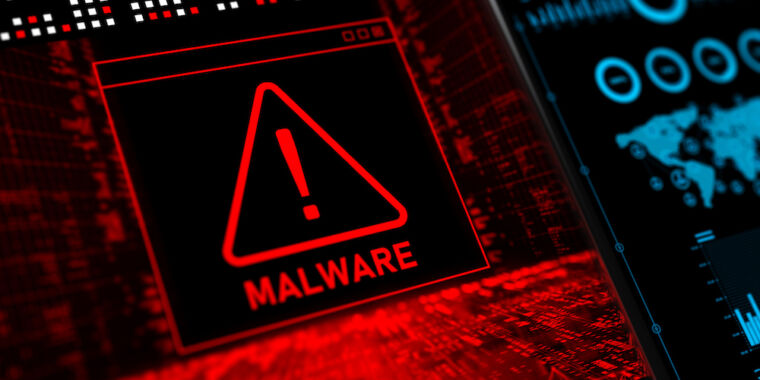
Unmasking the Hidden Perils of Linux Malware
- Linux malware exploiting 1-day vulnerabilities is a growing threat in the cybersecurity landscape.
- Understanding the dangers posed by Linux malware can help organizations secure their systems effectively.
- Implementing strong cybersecurity practices and staying updated with the latest patches and updates can mitigate the risks posed by Linux malware.
The world of cybersecurity is constantly evolving, with new threats and vulnerabilities emerging every day. While Windows is often thought to be the primary target for cybercriminals, it’s essential not to overlook the hidden dangers lurking in the Linux ecosystem. Unmasking the unseen threat of Linux malware exploiting 1-day vulnerabilities is crucial in safeguarding our digital infrastructure. In this article, we will explore the risks associated with this type of malware and discuss best practices to protect against it.
Understanding Linux Malware Exploiting 1-Day Vulnerabilities
Linux, as an open-source operating system, offers numerous advantages such as stability, flexibility, and robust security. However, that doesn’t make it immune to cyber threats. Linux malware refers to malicious software specifically designed to target Linux-based systems. Cybercriminals exploit 1-day vulnerabilities, which are vulnerabilities that have been discovered but not yet patched by developers.
Cybercriminals often deploy sophisticated techniques to take advantage of these 1-day vulnerabilities. Once they gain access to a vulnerable system, they can initiate a wide range of attacks, including data breaches, ransomware infiltration, DDoS attacks, or establishing botnets for further cybersecurity breaches. The consequences can be devastating for both individuals and organizations.
The Dangers Posed by Linux Malware
1. Data Breaches and Financial Loss
Linux-based systems are commonly used by businesses to store confidential customer data, trade secrets, and financial information. Infiltration of malware into such systems can result in massive data breaches. Cybercriminals can steal sensitive information, expose it online, ransom it, or sell it on the dark web. The financial losses resulting from these breaches, ranging from regulatory fines to damage control and reputational harm, can cripple organizations.
2. Disruption of Operations
Linux malware can wreak havoc on an organization’s operations. Traditional malware such as ransomware can encrypt critical files and demand a hefty ransom for their release. Moreover, malware can cause system crashes, data corruption, or disrupt network connections. The persistence and agility of modern Linux malware can significantly impact an organization’s ability to function effectively and serve its customers.
3. Botnet Establishment
Botnets are networks of compromised computers controlled by cybercriminals. Linux malware, when unleashed, can turn vulnerable systems into botnet nodes to carry out large-scale attacks such as DDoS attacks or email spam campaigns. The distributed nature of botnets makes it incredibly difficult to trace them back to their origin. Moreover, botnets can consume significant computational resources, slowing down systems and affecting overall performance.
Best Practices to Shield Against Linux Malware
While the threat of Linux malware exploiting 1-day vulnerabilities is worrisome, proactive steps can be taken to fortify your systems against potential attacks. By implementing robust cybersecurity practices and staying vigilant, organizations can mitigate the risks posed by Linux malware.
1. Regularly Patch and Update Systems
Keeping your Linux systems up to date with the latest security patches and updates is critical. Developers regularly release fixes for known vulnerabilities, addressing the weaknesses exploited by malware. By ensuring that your systems are updated promptly, you can minimize the window of opportunity for cybercriminals.
2. Deploy Effective Endpoint Protection
Endpoint protection software, such as antivirus and antimalware solutions, play a crucial role in detecting and preventing malware infections. A robust security suite combined with regular scans can identify and mitigate malware threats effectively. Organizations should invest in reputable endpoint protection solutions and ensure that they are configured correctly for maximum protection.
Source: insidertechno.com